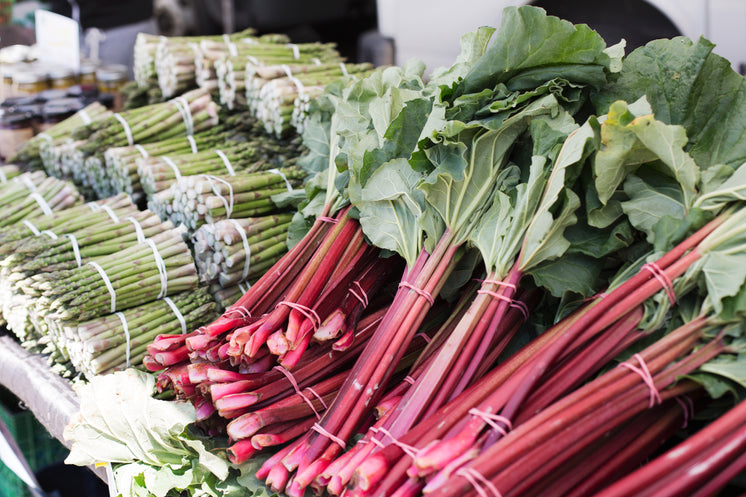
With breathing techniques, and meditation practices, the science of yoga provides an ideal technique to combat the stress. The practice of yoga postures harmonizes the body, mind, and soul and allows the postural performer to focus on the present moment. Daily yoga practice helps you to let go off all the worries, allows you to listen to yourself in a hush to rush world, where it is easy to feel stressed and burnt out. Enroll in yoga classes, delve into regular yoga practices and experience calmness and serenity.
2. Explore the Meditation and Breathing Techniques: Yoga is a science of wellness that strives for physical and mental well-being. At its core, yoga is about meditation and pranayama practices along with physical postures that aim to sync the mind, body, and spirit. 3. Develop a Healthy lifestyle: A yoga class is a perfect destination to excavate the deeper roots of Yogic wisdom. Along with holistic wisdom of yoga postures, meditation, breathing techniques, and moral guidelines, yoga classes encourage you to form healthy habits for a nourished life. The monotonous routines, high volatility and so much more completely wears down our mind and body. Yoga classes provide the ideal tools and techniques to lead a stress-free and thriving life.
Of this group, only cabbage and winter squash can be safely stacked in bins. The other vegetables may not be stacked. Of the fruits, only apples may be stacked, and, of the apples, only select hard apples free of blemish should be stored. Just one apple with a soft spot on it can cause total disaster in your apple barrel. Green beans, lima beans, peas, okra, cucumbers, eggplant, peppers, summer squash, green tomatoes, and most fruit will remain good for up to one month in a root cellar.
Spread them on shelves or benches, and you'll find their quality actually improves as they slowly come to full ripeness in the cellar, but use this produce quickly as it will deteriorate rapidly. Use this guide to help you with drying fruits and vegetables. Many fruits and vegetables that cannot be stored may be readily preserved by drying.
When the method can be used, drying is one of the most effective means of food preservation because dried foods can be held indefinitely as long as they are kept dry. The range of edibles that may be dried includes tuberous and bulbous root vegetables, pod beans, shelled beans, cereal and bread grains, celery, herbs, peas, peppers, and fruits with high sugar and low moisture content. Drying fruits and vegetables is no more difficult than simple storage but it does involve more work. The end result, however, is well worth the extra effort.
For this method of preservation, food is first properly prepared (either mashed into a pulp, cut into small pieces or strung on a string), and then dried in one of three ways. Apricots, peaches, wild persimmons, and other like fruits can be preserved as "leather" by mashing the fruit into a pulp, spreading it in a 1/4;-inch thick layer across almost any flat, clean surface, and letting it air and sun dry.
Many fruits and some vegetables may be chopped, cubed or cut in half, and spread one layer deep on screening or cheesecloth stretched over a frame made of wooden splints. Cover with additional screening or cheesecloth and place in the sun until dry (actually any warm, dry place will do the job as well as the sun, but the process may take a few days longer).
Occasional stirring or turning will speed the operation considerably. Finally, some produce — whole or chopped — may be strung on strings and hung up to dry, either inside or out in the sun. Dried foods retain more nutritional value than foods preserved for long-term storage by any other natural method. The technique is a good one for making produce available during off-seasons.
Tags:
How Make Food
